Want a Wooden Rabbit Cage?
A wooden rabbit cage is an iconic American
symbol. But who knew that some wood hutches are better
designed and built than others? Here is where you can find the best ways to keep rabbits, including an
all-wire cage with resting mats.
I happen to really like the cleanliness and disease abating qualities of an all-wire cage. Nevertheless, for various reasons, some rabbits do better on a solid floor that a wooden hutch can provide, so we'll review several types of fancy and plain wooden hutches, as well as offer options beyond a wooden rabbit cage.
Click Here to Skip Down to wooden hutch plans and commercial wooden rabbit cages.
Let me tell you about my first wooden rabbit cages...
As a teenager with my very first pet rabbits, I built some
fine rabbit hutches with the various boards and hardware my parents had on hand
and some wire I purchased with my paper route money.
By "fine," I mean, not too shabby for a fairly handy teenager studying auto mechanics but not carpentry... No matter, I was quite proud of what I had built myself.
Before long the design flaws became obvious.
- Wood = Ammonia! Rabbits pee, and soon
the wooden hutches began to smell of ammonia.
- Wood = Edible! Bunnies think wood is delicious,
even if it is peed on. So they chewed on the wood they could reach until the
wood rabbit cage needed repairs.
- Cheap Mesh = Holes! Thin wire mesh began pulling
away easily from any areas that were not very securely anchored.
- Wood edges as part of the floor = A shelf on which droppings can pile up!
Since each wooden rabbit cage had a wooden lip around the bottom to which I
attached the floor wire, the manure could more easily accumulate in the back corners
of the cage. I was no slouch when it came to cleaning, but as hard as one
tries, there’s no eliminating all the poo in those corners, especially when it
gets dampened by pee and then stomped into the wood and wire.
- Continual exposure to droppings = Development of Disease! When the rabbit droppings fall through the wire floor to the ground, this breaks the parasite lifecycle, especially of the coccidiosis parasite. This helps to keep a rabbit's immune system strong, so that it can handle a little bit of coccidia in the intestines on a normal basis without its health buckling under an overload of infestation. The continual exposure also can cause problems for rabbit feet, including sore hocks.
In most wooden rabbit cages, however, the rabbit may remain exposed at least somewhat to its droppings at all times. This makes it possible for the rabbit to continually reinfect itself with coccidia parasite eggs (oocysts). With a growing coccidia load, the rabbit's health is likely to weaken due to either intestinal disease or white liver pustules, or both.
These are the reasons why I very much prefer all-wire cages hung on a framework of PVC to wooden hutches! The rabbits stay much more healthy, and the rabbit care workload is greatly reduced, leaving more time for enjoying one's rabbits.
It doesn't matter HOW fancy the wooden rabbit cage is. If the hutch design is flawed, at least some of these problems may crop up.
If you are housing rabbits in wooden rabbit cages, or on the ground in colonies, the threat of coccidiosis will always be present. Do your research, and keep a supply of Albon, Corid, or other coccidiostat on hand.
(See pages 244-249 in Rabbit Raising Problem Solver, which covers coccidiosis and treatments at length. Autographed copies are available in the Raising Rabbits Store. Click here to buy now!)
All-Wire Cages and Wooden Hutch Frames
Some years and several kids later, I
got back into the rabbit hobby. I still used wood, but this time I made
all-wire cages and hung them on very sturdy hutch frames built out of 2x4’s.
They were single-tier and held a bank of 3 large cages each.
Goodness! They were a huge improvement over those first
hutches I had made, proud as I was of them at the time.
But the wood was still prone to odor,
especially as the animals ‘water-bombed’ the wooden legs of the hutches with
their urine. Plus the 2x4 feet began to soften from the moisture in the ground. And lastly, I could not remove the cages for
thorough cleaning.
Our international visitors might wonder why breeders in the United States frequently choose all-wire cages over solid floors. The folks at Shiny Satins Rabbitry explain the benefits of all-wire floors very well.
A few more years passed before the possibilities of PVC pipe as a cage frame dawned on me....
PVC is strong, durable, light-weight, and nearly ideal for
supporting rabbit cages.
The main problem with PVC is that it can become brittle in sunlight. Nevertheless, if the hutch frame is housed out of the sunlight, there is no reason it cannot last for a great many years.
In fact, our current hutch frames have been going strong with no signs of weakness or cracks for 15 years.
In my rabbitry, all-wire cages hung on PVC rabbit hutch frames were a magical combination that solved ALL the issues common to wood, and at the same time the hutch frames simplified care and sanitation in the rabbitry.
- No more odors.
- No more ammonia build-up.
- Reduced tendency toward coccidiosis
- No more rotting.
- Oh-so-easy to dismantle, clean, and reassemble.
Raising-Rabbits Favors Using PVC frames and Wire Cages.
Eliminating the wood eliminates some of the threats to rabbit health, such as odors, ammonia build-up, and rotting wood. It makes your job as a rabbit owner easier.
Some People Just Prefer Wooden Rabbit Cages
But some rabbit raisers really like - and need - their wood hutches. This is completely fine. Certain rabbit breeds do better with solid wood floors, for example, the very heavy breeds like Flemish Giant or French Lops, or the active rabbits like Belgian Hares or English Spot rabbits.
We all love raising our rabbits, and we work toward taking the best care of them as possible. And now that you know the drawbacks to wooden rabbit cages, you can plan and prepare to prevent the pitfalls ahead of time.
Wooden Rabbit Cage Plans from the LSU AG Center
The LSU Ag Center offers several plans for rabbit hutches and cages, from a simple hutch to a building with commercial potential. Go to the LSU Ag Center website to check them all out.
We'll review a few of their plans here:
A 2-cage single, or 4-cage double tiered and covered rabbit hutch
The picture above shows the single-tiered graphic; but the plans include a second tier, should you wish to add it.
This hutch plan includes a feed hopper between two cages, as well as a hay manger. It even includes details for a rabbit nest box drawer! How easy would that be for checking on the bunnies!
The cage sections will have a wire floor, yet not be completely "all-wire." Depending on how tidy your rabbit is, you may need to do frequent cleaning in the areas where rabbit droppings will pile up on the wood floor where the wire is stapled.
One more caveat: the plans call for poultry mesh. I would definitely change that out in favor of 14 gauge 1"x2" inch welded wire. It's more expensive, but a whole lot safer against predators.
A simple 2-cage covered rabbit hutch
This is really a wooden stand and roof for twin quonset-style all-wire cages. This solves the cleaning issue, as the wire cages hang from the wooden framework.
This hutch, while covered, is very open to the elements. In blustery climates, it would probably need to be better protected on three sides, not as much from the temperature as from the wind. It probably works great in Louisiana. Yet the plans don't look difficult to modify for your local conditions.
The LSU Ag Center also offers plans for a shed that could hold up to 12 rabbit cages, a shelter for two rows of meat rabbit cages, and for a large rabbit barn housing several rows of cages. If you're looking for something bigger than a couple hutches, click on the link for more cage and housing options.
Sold as singles or in packs of 6 or 12.
Excellent for rabbit feet health. Designed for use in wire cage floors. (#ad)
More Wooden Rabbit Cages and Hutches
If you use a wooden rabbit cage, your rabbit is going to chew the wood. But perhaps there are ways to limit the several wood hutch drawbacks:
- Distract the rabbit from chewing by providing chew-toys. Our Bunny Bazaar has a nice collection of chewable rabbit toys.
- A design that protects the wood from urine is a plus
- Use of strong wire mesh is another plus.
- A design that funnels the droppings away from any wood parts is another excellent plus.
Check out these hutches available through Amazon.com:
Two Types of Outdoor Rabbit Hutches with Runs
--Pawhut Outdoor Rabbit Habitat with Run (#ads)

You visited this page to explore wooden rabbit cages.
I hope we have given you some great ideas for building or purchasing wood hutches.
Perhaps you'd like to rethink your approach and consider something other than a wooden rabbit cage?
Here are two suggestions for you:
- Purchase top quality wire rabbit cages in various configurations from Hostile Hare, through the Raising-Rabbits Store. Single cages such as the one pictured can be hung from PVC hutch frames for ease of use and cleaning.
- Or, get our plans and build your own excellent wire cages and PVC rabbit hutch frames.
Links to these options are right here, below....
Where can I find top quality rabbit cages that are great for rabbit feet?
From Raising-Rabbits, of course!
Raising-Rabbits has partnered with Hostile Hare to bring you cages that exceed our rigorous rabbit housing standards.
We do not manufacture cages, but we sure recognize a well-built, predator-proof, baby-safe, bunny-feet-safe cage when we see it! We think Hostile Hare cages will serve you well for years.
Explore the choices by clicking the logo or this link!
Ideal DIY Rabbit Cages
Who says you can't build rabbit cages? With the right tools, materials, and instructions, cage building is not complicated at all. If I can build them, YOU can build them, and save a ton of money! I dare say you'll save double or triple the cost of this e-book with the very first cage built.
These are QUALITY cages you'll be building: much nicer and safer for your rabbits than cages cobbled together with cheap hardware cloth stapled to wooden boards. Got questions? See the many photos accompanying every plan, including all the tools and supplies you need to build everything.
Ideal DIY Rabbit Cages contains ALL the Raising Rabbits plans for cages, hutch frames, rabbit tractors, runs, pens, and more.
Click the pic or this link for more information, or...
Visit our store to purchase Ideal DIY Rabbit Cages!
Here's a couple more links you may like:
Double-Value Guarantee
Our policy is to always OVER-deliver
on value,
which is why your purchase is fully covered by our
Double-Value
Guarantee.
Go ahead - take any of our e-books for a test drive. Peruse our detailed informational and educational e-books. Examine our plans for building rabbit cages, runs, or metal or PVC hutch frames. Check out the Rabbit Husbandry info e-books.
If you aren't completely satisfied that your e-book purchase is worth at least double, triple or even quadruple the price you paid, just drop us a note within 45 days, and we'll refund you the entire cost. That's our Double-Value Guarantee.
Note: When you purchase your
e-books, they will be in PDF format, so you can download them to any device that
supports PDF format. We advise making a back-up copy to a drive or cloud
account. If the books are lost, you can also purchase another copy from Raising-Rabbits.
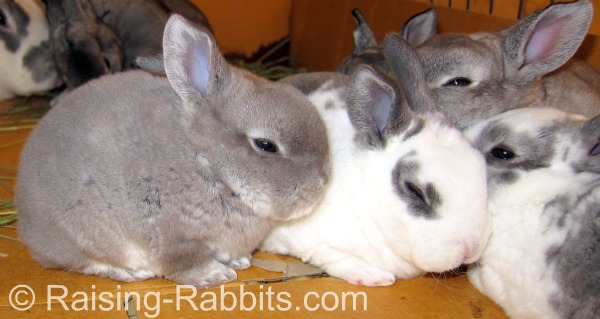
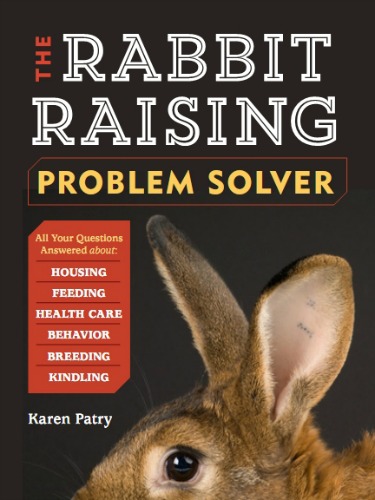
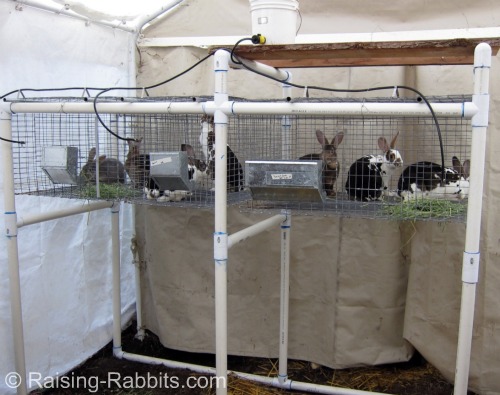
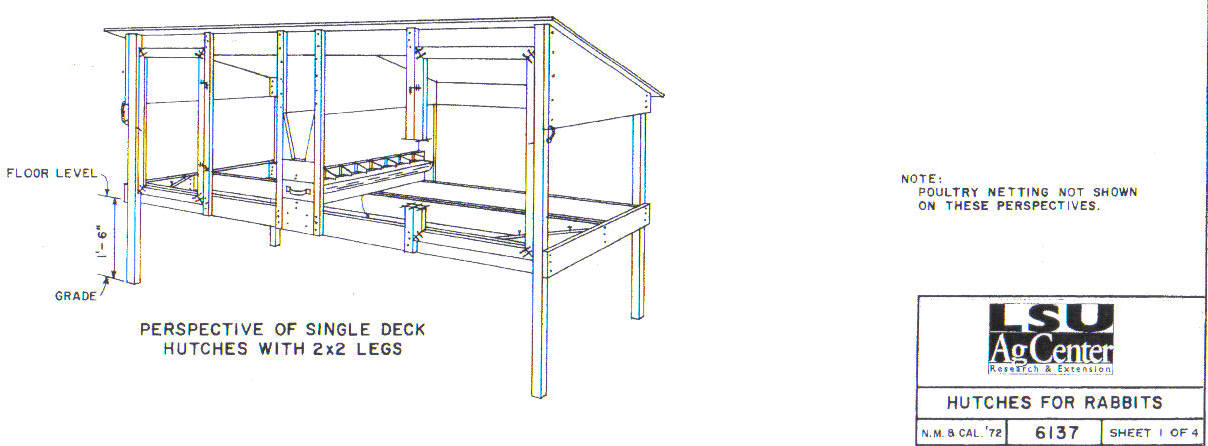
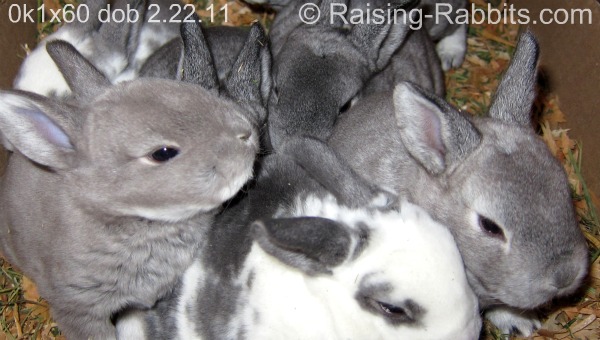
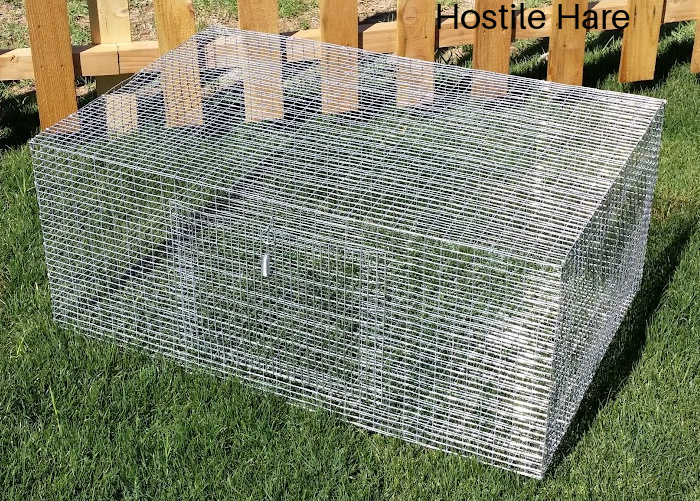

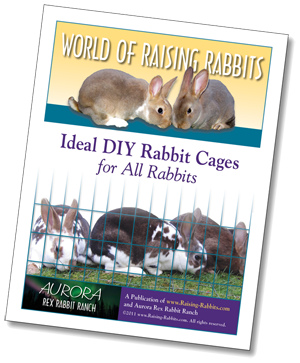
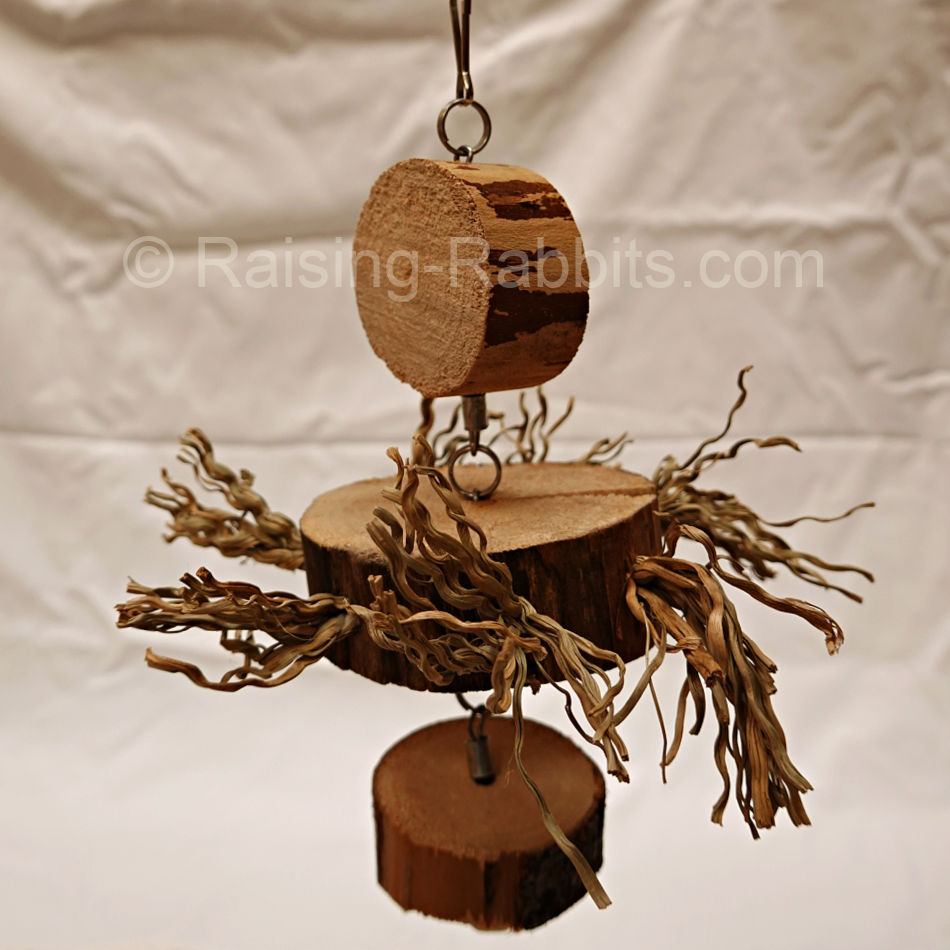
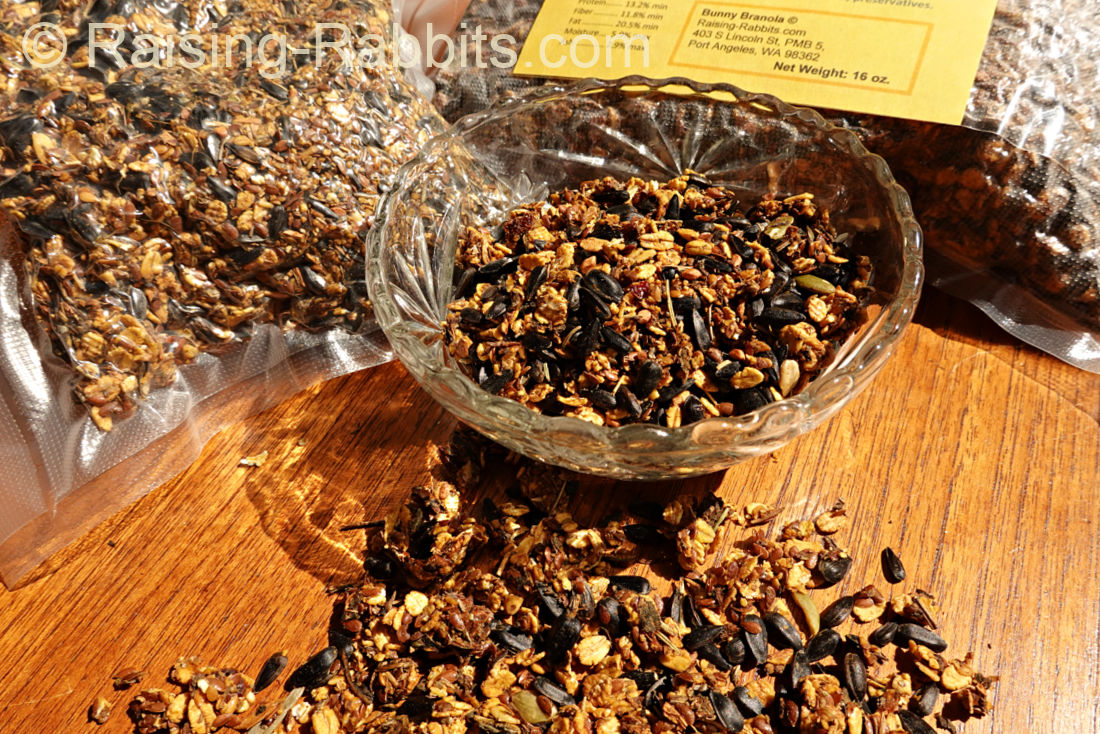







New! Comments
Have your say about what you just read! Leave me a comment in the box below.